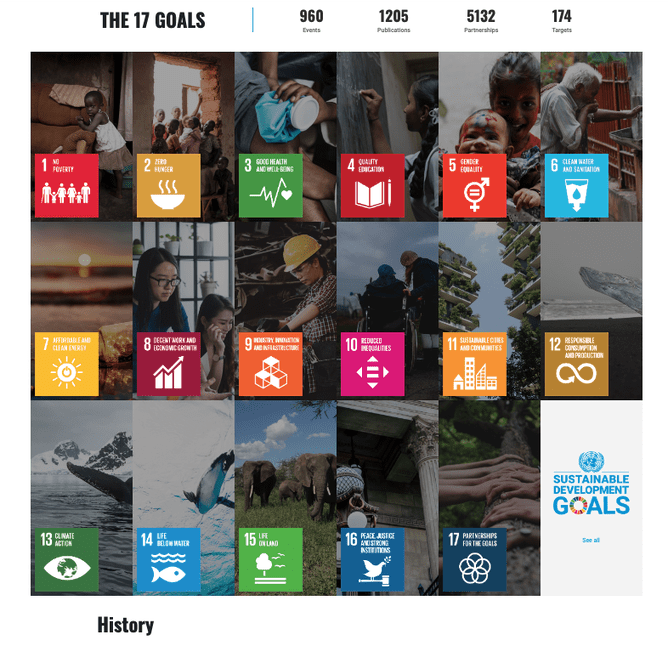Ethical Investing - The different terminologies
Ethical Investing is the short hand for many different types of approaches to understanding what and how the companies that you are investing in are carrying out their business.
Since the Industrial Revolution companies have carried out their activities with the sole aim of generating profit to pay dividends to their shareholders. You may recall the photos during the 1800’s and the 1900’s of the pollution created by ‘industry’. There is a great article here that shows what the USA looked like before the Environmental Protection Agency regulated pollution as a reminder https://www.businessinsider.com.au/what-us-cities-looked-like-before-epa-regulated-pollution-2019-8?r=US&IR=T
While it is now commonly accepted that pollution as shown in these photos is no longer acceptable, there are still a wide range of behaviours that companies partake in that we are increasingly finding unacceptable including but not limited to:
a. Modern day slavery in their supply chain (underage, underpaid labour)
b. Fossil Fuel extraction
c. Production of armaments and weapons
d. Destroying the climate
e. Treating workers and the community poorly
The focus on shareholder profits has increased with the emphasis on quarterly growth and reporting that we have seen in the financial world since the early to mid 1990’s, along with the corporate approach to ‘profit at any cost’ from the celebrity leaders in the 1990’s – mid 2010’s.
The United Nations has developed two frameworks for investors to refer to the UN Principles for Responsible Investment at https://www.unpri.org/pri/an-introduction-to-responsible-investment/what-are-the-principles-for-responsible-investment
and the UN Sustainable Development Goals or SDG’s at https://sdgs.un.org/goals
We will tell you more about these and how they relate to investments through our newsletters, but the goal of this newsletter is to provide you with an overview of Ethical Investing.
One of the confusing things about analysing approaches to Ethical Investing are the various terminologies used – which aren’t always interchangeable. Over time we believe that the frameworks will become more cohesive, but at present it is important that we understand each terminology and framework and approach, and how they are similar and how they are different.
The most common terminologies and frameworks at present are:
ESG – Environmental, Social and Governance investing
Responsible Investing – refer to the UN PRI framework
Sustainable Investing – making sure that the investments are robust and can continue for a long time.
Impact Investing – where the purpose of investing is to make a positive impact on the world.
Corporate Social Responsibility – which is an overview corporate terminology that doesn’t appear to be particularly clearly defined yet.
Total Societal Impact – an approach proposed by the Boston Consulting Group
B-Corp – a programme where your business can become certified as a B-Corp, which provides you with credibility for other organisations who are B-Corps.
Stakeholder responsibility – this was the core to the statement issued by the heads of a number of the large Fortune 500 companies in the USA in late 2019, which led to some derision as to how serious they were – or whether they were merely ‘greenwashing’ with their statements. The statement was that the companies would start taking into account the impact of their business on a wider group of stakeholders, not just the profit making for the shareholders.
When we are analysing investment approaches, we need to ascertain which step of Ethical Investing our fund managers are at – and how the fund managers we recommend analyse those companies. Our understanding is that the bulk of the fund managers are at Stages One and Two at present.
Stage One: ESG consideration – saying that they are reviewing all their investments for ESG factors. At this stage, this can mean that they analyse the company and then weigh up if the ESG risk to the company outweighs the financial returns of investing - eg – will the ESG issue damage the financial outcomes for the company.
Stage Two: Negative screening – making sure that the companies that they invest in do not have any of the really bad factors – based on the fund managers list of ‘bad factors’.
Stage Three: Positive analysis – choosing companies because they make positive ESG contributions.
Stage Four: Impact investing. At this stage, we believe that it will be a number of years before there are publicly available investments that focus on impact investing, this tends to be only applicable to a small group of privately held funds at the moment.


